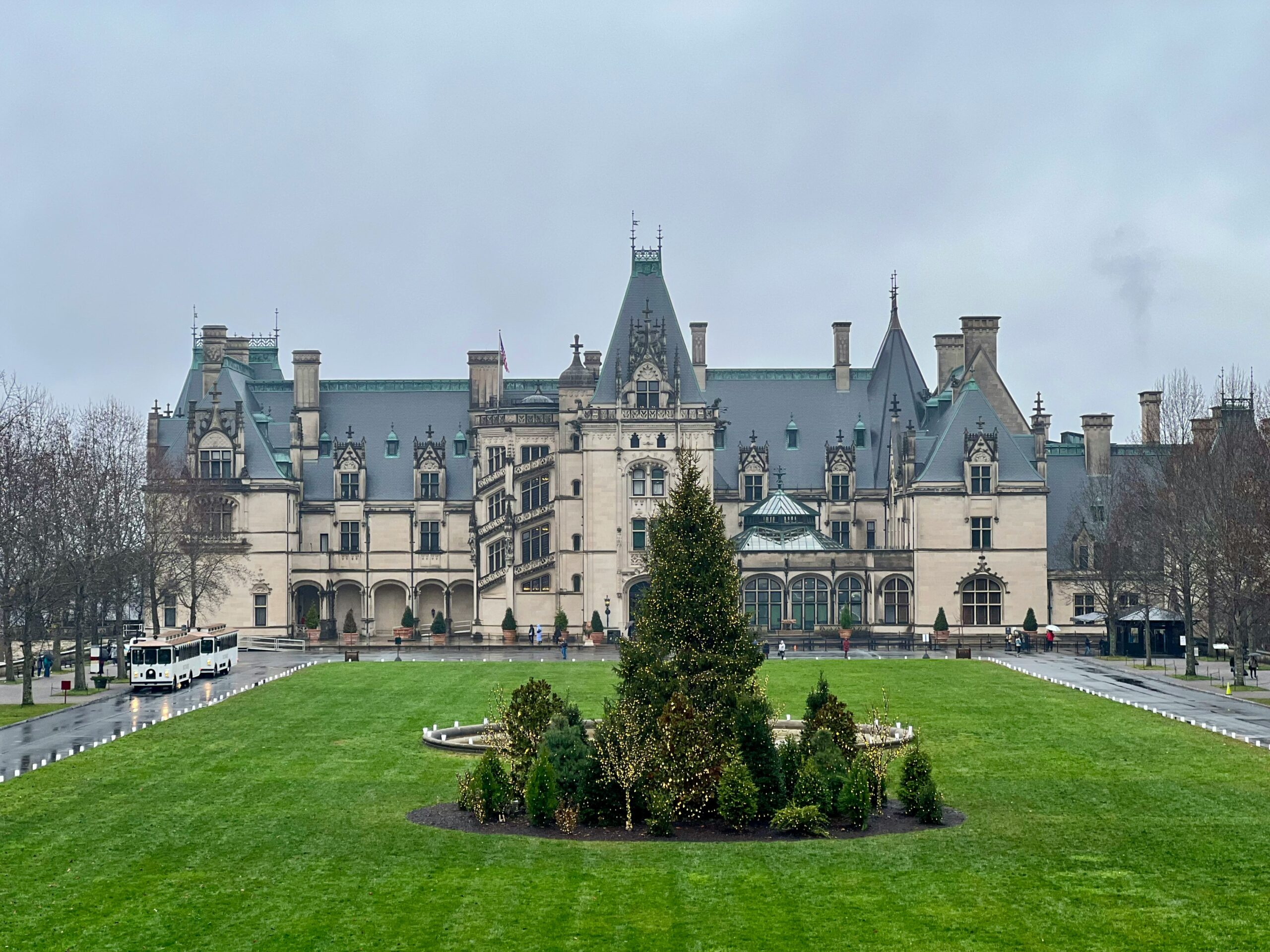Introduction
Dive into the legacies of America’s wealthiest families from the Gilded Age, whose pioneering strategies reshaped industries and society. From the Rockefellers to the Fords, we explore how their relentless ambition, strategic innovations, and impactful philanthropy crafted the blueprint for building empires. Join us as we uncover the powerful stories behind these titans and the lessons they left for future generations.
The Rockefeller Family
In 1870, John D. Rockefeller founded Standard Oil, setting the stage for dominance in the oil industry. He implemented horizontal integration, absorbing competitors and monopolizing the market. His aggressive strategies allowed him to control over 90% of the U.S. oil refining capacity.
Rockefeller’s influence extended beyond oil. His immense wealth funded universities, medical research, and the arts, significantly shaping America’s cultural and educational scenes. Despite criticisms of his business methods, Rockefeller’s philanthropic legacy continues to impact society positively.
His business tactics, combining sharp strategy with bold moves, are still taught in business schools. They offer lessons on both how to build an empire and the ethical considerations involved.
The Vanderbilt Family
Cornelius Vanderbilt, known as the Commodore, made his initial fortune with steamships. In the 1860s, he switched to railroads, seeing potential in the expanding network of iron tracks and steam engines. His timing was spot on. As the need for efficient transportation in America grew, so did Vanderbilt’s railway empire, which stretched thousands of miles. This growth was crucial for the country’s westward expansion and industrial surge.
Vanderbilt used his wealth to influence government and society too, demonstrating the potential of the American dream. His competitive business strategies had a significant impact on the development of the nation’s infrastructure. When he passed away in 1877, Vanderbilt was one of the richest people in the world. He left behind a legacy that supported educational institutions and shaped philanthropy during that era. His life shows how strategic vision and industrial influence can leave a lasting mark on society.
The Carnegie Family
Andrew Carnegie’s life is a classic rags-to-riches story that captures the American Dream. He started as a telegrapher and quickly moved up by investing in railroads and bridges. Soon, he entered the steel industry. By the 1890s, his Carnegie Steel was the world’s top industrial company.
Carnegie revolutionized steel production with his focus on affordable, efficient mass production. This changed the industry and helped build American cities and infrastructure. However, he faced criticism for labor disputes and poor working conditions in his plants.
Later in life, Carnegie turned to philanthropy. He gave away most of his wealth to support libraries, education, and international peace efforts. His giving had a huge impact on the social fabric of the 20th century. Carnegie believed in using his fortune to help society, influencing today’s ideas about philanthropy. His life shows how one person’s wealth can be a force for good.
The Morgan Family
J.P. Morgan wasn’t just any banker; he defined banking in the Gilded Age and became a key figure in American finance. Starting in the 1860s, he used his connections and sharp financial skills to reorganize and consolidate struggling railroads, securing a powerful position in this vital industry. By the 1890s, he expanded his influence to major corporations like General Electric and U.S. Steel. He created U.S. Steel by acquiring Andrew Carnegie’s business and merging it with other big steel operations.
Morgan was known for his knack for stabilizing financial markets during economic crises, acting as a one-man Federal Reserve before the actual Federal Reserve was established. While sometimes criticized as monopolistic, his strategies were instrumental in shaping America’s corporate landscape. Beyond his massive business successes, Morgan also made significant contributions to art and culture. His art collection became a core part of the Metropolitan Museum of Art in New York. Morgan’s legacy reflects a blend of immense business acumen and profound cultural impact.
The Astor Family
John Jacob Astor made his initial fortune in the late 18th century through the fur trade, capitalizing on Europe’s high demand for beaver pelts. As he amassed wealth, Astor shifted his focus to New York City real estate, seeing its potential long before it became the metropolis we know today. His strategy involved buying large tracts of land to develop or lease as the city grew, significantly increasing his fortune.
By the time he passed away in 1848, Astor was the wealthiest man in America. His influence didn’t end there; his legacy continued through his descendants who built notable landmarks like the Waldorf Astoria Hotel. The Astor family name became synonymous with luxury and high society in New York. They also made substantial contributions to the city’s cultural and social fabric through their philanthropy, supporting libraries, hospitals, and various charities. This philanthropic work helped shape New York’s civic landscape, showcasing the depth of the Astor family’s impact on the city’s development.
The Ford Family
Henry Ford changed the automobile industry when he introduced the Model T in 1908, an affordable car for average Americans. In 1913, he implemented the assembly line, drastically cutting production costs and increasing output. This turned his company into a model of efficiency and transformed the auto industry, impacting global manufacturing.
Ford also cared for his workers, introducing a $5-a-day wage, which was excellent pay at the time. This improved his employees’ living standards and boosted the economy by increasing consumer spending. However, Ford’s resistance to unionization and controversial social views tarnished his reputation.
Despite these issues, Ford’s influence on the automotive industry and American manufacturing is clear. He made cars accessible to the masses and changed how goods are produced, leaving a lasting legacy.
The Mellon Family
The Mellon family’s journey started when Thomas Mellon founded T. Mellon & Sons’ Bank in 1869. From there, their wealth and power grew significantly, led by his son, Andrew Mellon. Andrew broadened their interests into sectors like aluminum (Alcoa), oil (Gulf Oil), and finance. His smart investments and economic skills greatly increased their fortune.
Beyond business, Andrew served as the U.S. Secretary of the Treasury from 1921 to 1932, playing a key role in the economic boom of the 1920s. He was also known for his philanthropy, especially his support for the National Gallery of Art in Washington, D.C.
The Mellons were more than just business leaders; they were also major supporters of arts and sciences. This left a legacy that goes beyond their financial success and shows their dedication to public service and cultural development.
The Frick Family
Henry Clay Frick was a notable industrialist whose journey to wealth began in the 1870s through his ventures in the coke industry. By the 1880s, he had become a key player in the steel industry, forming a pivotal partnership with Andrew Carnegie. This partnership not only solidified his status as an industrial titan but also entangled him in significant labor disputes, including the infamous Homestead Strike of 1892.
Frick’s business approach was aggressive yet innovative, enhancing production processes and expanding the steel industry’s capabilities. Despite his controversial reputation, he was also a major art collector. His legacy includes the Frick Collection, a premier museum housed in his former New York residence. Frick’s dual contributions to industry and culture mark him as a complex figure of the Gilded Age, remembered for both his influential business practices and his significant impact on the American art scene.
The Du Pont Family
The Du Ponts started their American journey in 1802 with a small gunpowder mill by the Brandywine River, founded by Éleuthère Irénée du Pont. This modest beginning eventually grew into the world’s largest black powder manufacturer. Throughout the 19th century, the Du Pont family expanded their business, moving into dynamite and later into chemicals like paints and plastics. This diversification laid the foundation for a multinational corporation.
Their impact wasn’t limited to industry alone; Du Pont family members also became prominent figures in politics and society. They are renowned for pioneering research and development in the corporate world, leading to innovations like nylon and Teflon. Their story highlights not only wealth accumulation but also the influence of industrial innovation on modern life, affecting sectors from textiles to military supplies. The Du Pont family’s legacy is tightly linked with the industrial and scientific advancements that defined the 20th century.
Conclusion
In conclusion, the remarkable stories of these legendary families not only illustrate the sheer power of strategic innovation and aggressive expansion but also highlight the profound impact of philanthropy and cultural contribution. Each family carved out their own path to success, influencing countless aspects of American life and beyond. Their legacies, built on a combination of bold business practices and significant societal contributions, continue to offer valuable lessons in leadership, ethics, and the responsible use of wealth. As we reflect on their monumental achievements and complex histories, it becomes clear that their influence on the fabric of society and industry is indelible and enduring.



Leave a Reply